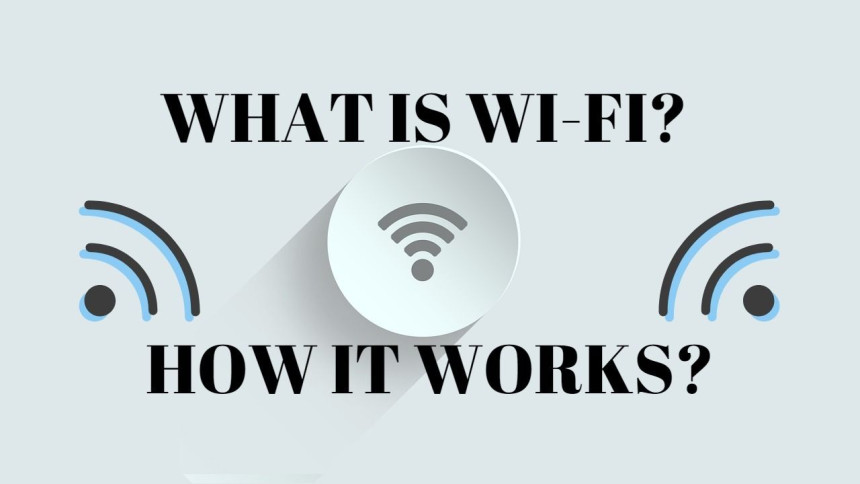
Hashtags
2 years ago
Hashtags
#what-is-this
What is Wifi?
Wi-Fi, short for "Wireless Fidelity," is a technology that allows electronic devices to connect to a network (usually the internet) wirelessly using radio waves. It enables devices like computers, smartphones, tablets, and other gadgets to communicate with each other and access the internet without the need for physical wired connections.
Here are some key points about Wi-Fi:

- Wireless Communication: Wi-Fi uses radio frequency signals to transmit and receive data between devices and a network router or access point. This allows for flexible and convenient connectivity without the need for physical cables.
- Router and Access Point: A Wi-Fi network is typically set up using a device called a router, which acts as a central hub. The router connects to an internet source (like a modem) and broadcasts a wireless signal that devices can connect to. In larger environments, additional access points may be used to extend coverage.
- Frequency Bands: Wi-Fi operates on different frequency bands, commonly 2.4 GHz and 5 GHz. These bands determine the range, speed, and compatibility of the Wi-Fi network. The 2.4 GHz band generally offers longer range but may be more crowded with interference from other devices, while the 5 GHz band provides faster speeds but with a shorter range.
- Standards (802.11): Wi-Fi technology is defined by a set of standards developed by the Institute of Electrical and Electronics Engineers (IEEE). These standards, designated by the label "802.11," specify the protocols and technologies used in wireless communication. For example, Wi-Fi 6 (802.11ax) is a recent standard that offers faster speeds and improved efficiency compared to its predecessors.
- Encryption and Security: Wi-Fi networks can be secured using encryption protocols like WPA2 (Wi-Fi Protected Access 2) or WPA3, which help protect data from unauthorized access. It's important for users to set up a strong and unique password for their Wi-Fi network.
- Range and Coverage: The range of a Wi-Fi network depends on various factors, including the power of the router, the presence of obstacles, and the frequency band used. Wi-Fi signals can be amplified or extended using devices like range extenders or mesh networks.
- SSID: The Service Set Identifier (SSID) is the name of a Wi-Fi network. It's what users select from the list of available networks when connecting a device. It's important to change the default SSID and use a strong, unique network name to enhance security.
- Interference: Wi-Fi signals can be affected by interference from other electronic devices, neighboring Wi-Fi networks, and physical obstructions. This can lead to reduced performance or dropped connections.
Wi-Fi technology has become an integral part of modern computing and communication, enabling wireless connectivity in homes, businesses, public spaces, and various industries. It allows for convenient access to the internet and facilitates communication between devices within a network.





